A callus is a thickened area of skin on the foot caused by pressure and repeated rubbings, such as from a shoe or sock. The rubbing causes the skin to produce a layer of protective skin (a callus). Calluses vary in size and can become painful.
There are a number of treatments for painful calluses. People who have calluses are cautioned against performing “bathroom surgery,” as this can lead to cuts and infection. We can evaluate the cause of the calluses and recommend the treatment most appropriate for your condition. However, if the underlying cause of the callus is not treated or removed, the callus may return.



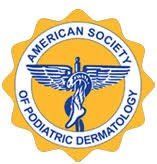


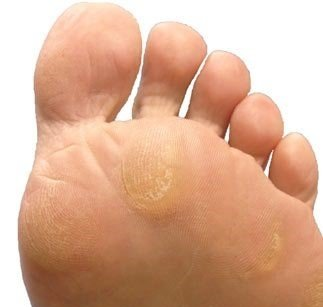

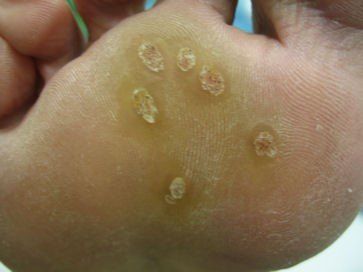
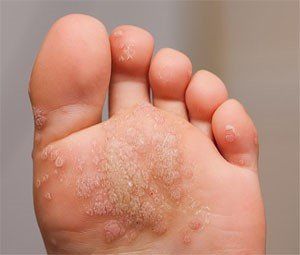
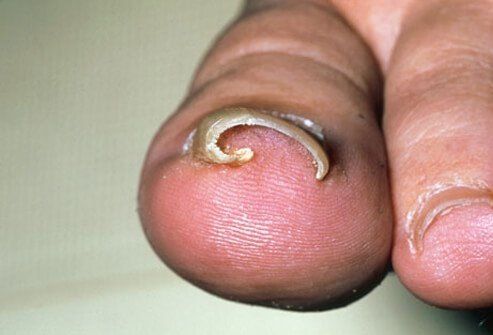
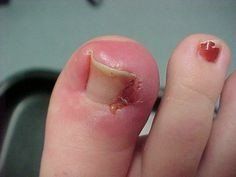
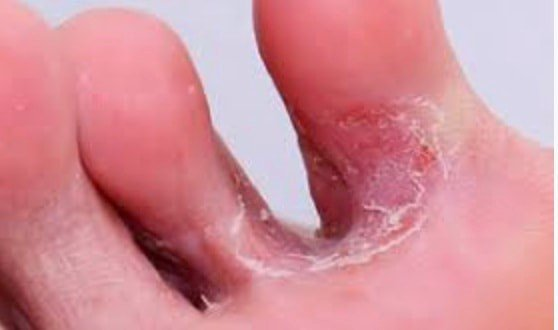
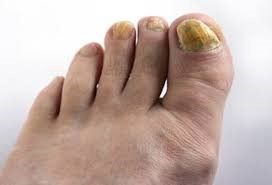
Share On: